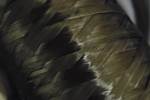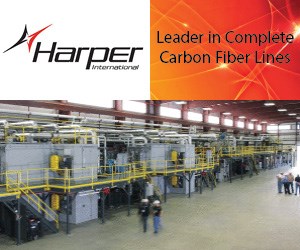Faction Skis feature TeXtreme spread tow fabrics
Each Prime 4.0 ski from Faction Skis weighs just 1740g and is optimized for high-performance, technical skiing.
Switzerland-based Faction Skis worked with world-renowned freeride skier and mountaineer Sam Anthamatten to create a new Prime Series ski collection reinforced with Oxeon’s (Boras, Sweden) TeXtreme spread tow woven carbon fiber fabric technology.
Each Prime 4.0 ski weighs only 1740g each and uses a hybrid balsa/flax core and three layers of TeXtreme fabric. This is said to allow the Prime Series to conquer technical ascents and descents without concession. The Prime 1.0, 2.0 and 3.0 models round out the new all-mountain touring series.
“We’re so proud of these skis, where you can feel that we didn’t make any compromises. The Prime Series skis are light, stable, nimble and yet powerful. It’s a ski that can perform in all conditions. We teamed up with TeXtreme to optimize our skis so that they would be exactly as we wanted them to be — a high-tech, almost impossibly perfect, balanced ski.” says Patrik Sannes, product engineer at Faction Collective.
Sannes continues: “We use TeXtreme in a bias orientation to achieve extreme torsional stiffness. By using TeXtreme as layers within our ski’s laminate, we place TeXtreme at varying angles and axes, thereby spreading stability and stiffness across the whole width and length of the ski.”
Related Content
-
Plant tour: Joby Aviation, Marina, Calif., U.S.
As the advanced air mobility market begins to take shape, market leader Joby Aviation works to industrialize composites manufacturing for its first-generation, composites-intensive, all-electric air taxi.
-
PEEK vs. PEKK vs. PAEK and continuous compression molding
Suppliers of thermoplastics and carbon fiber chime in regarding PEEK vs. PEKK, and now PAEK, as well as in-situ consolidation — the supply chain for thermoplastic tape composites continues to evolve.
-
Cryo-compressed hydrogen, the best solution for storage and refueling stations?
Cryomotive’s CRYOGAS solution claims the highest storage density, lowest refueling cost and widest operating range without H2 losses while using one-fifth the carbon fiber required in compressed gas tanks.








.jpg;maxWidth=300;quality=90)




